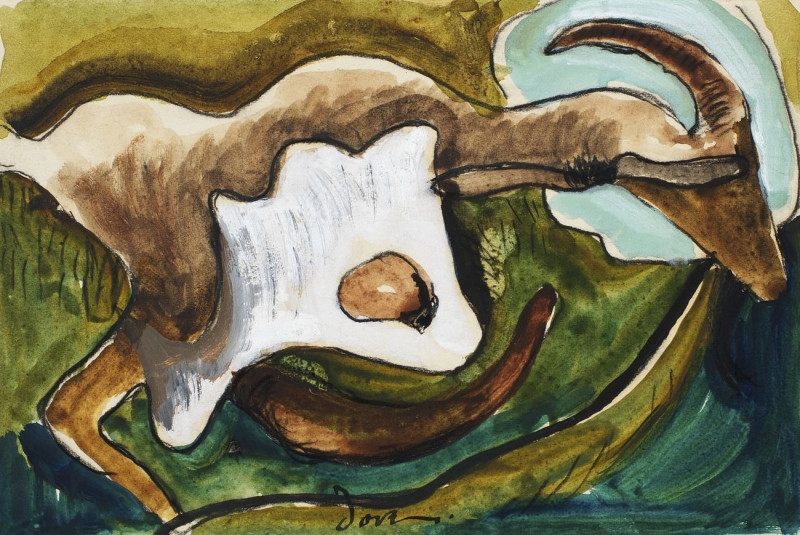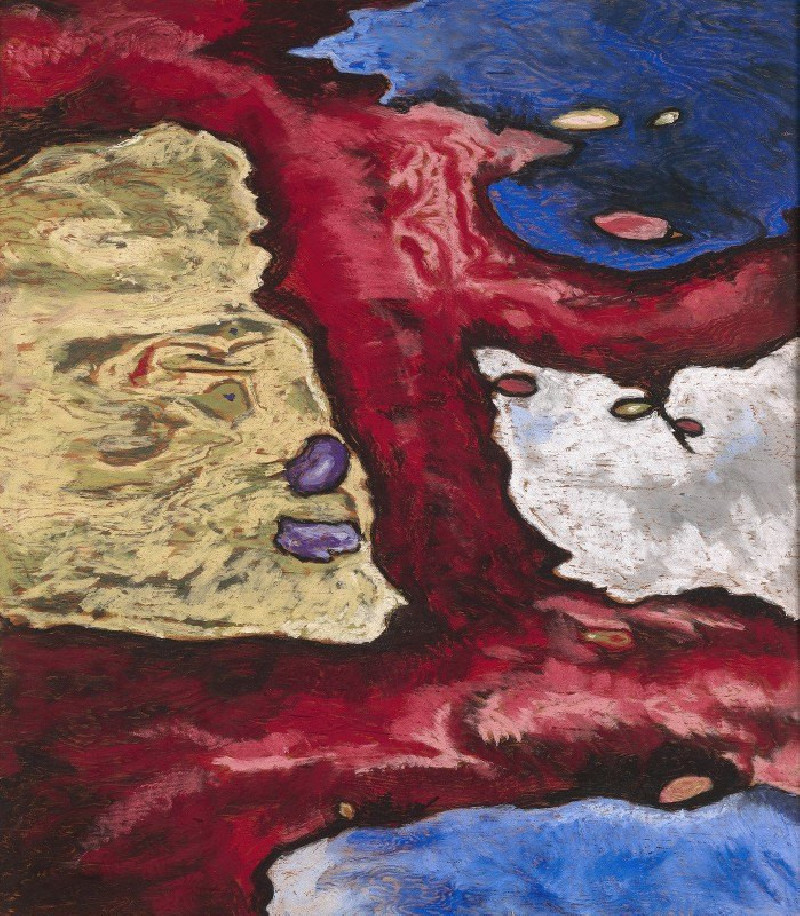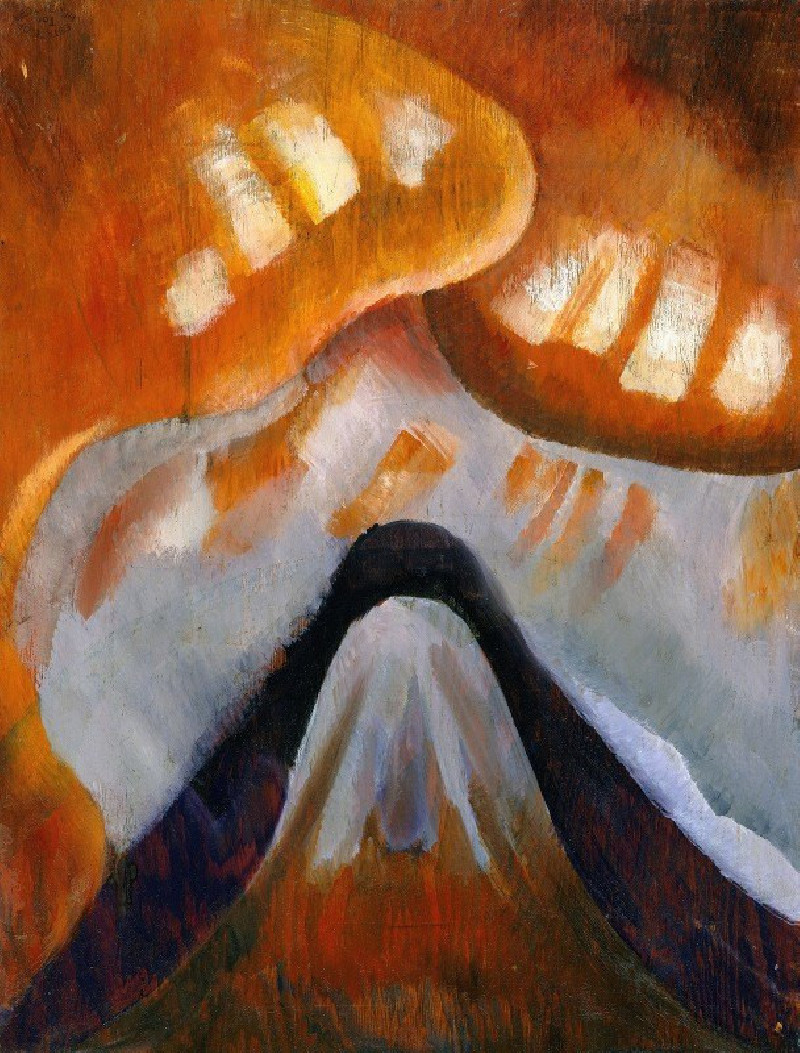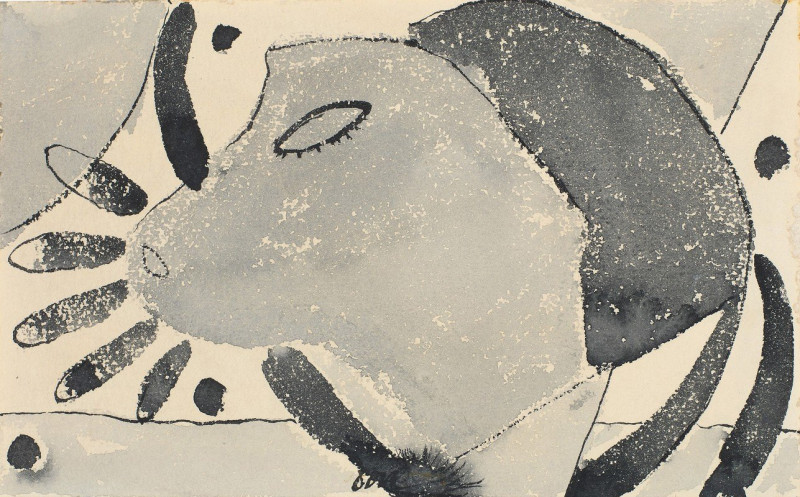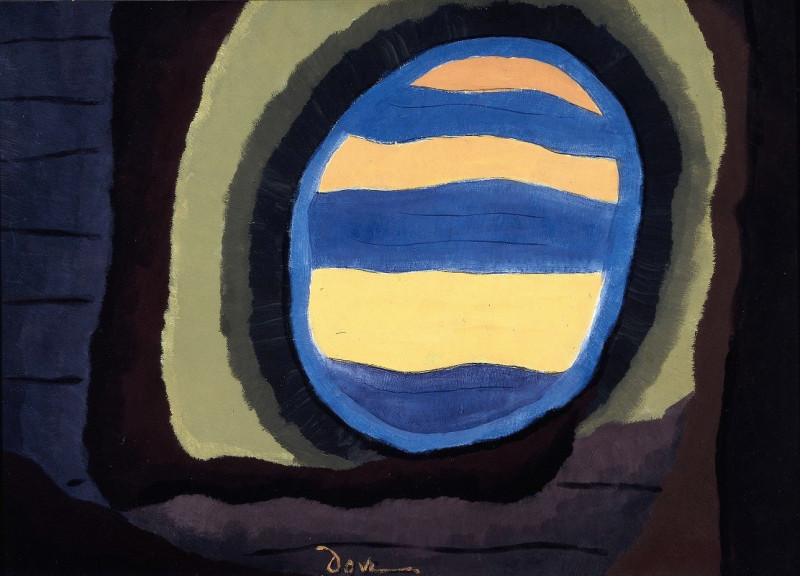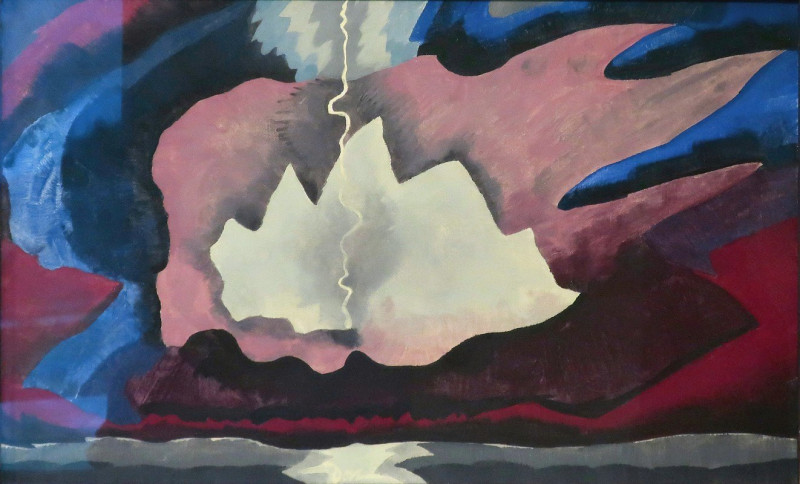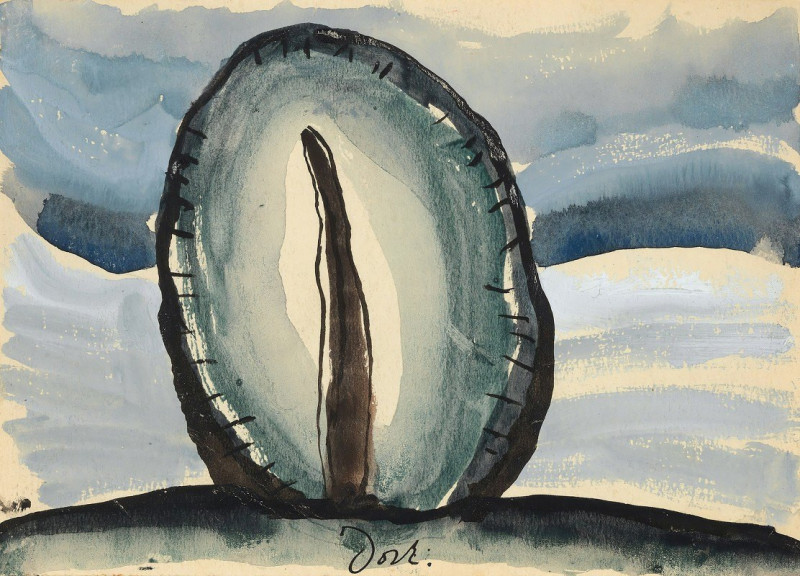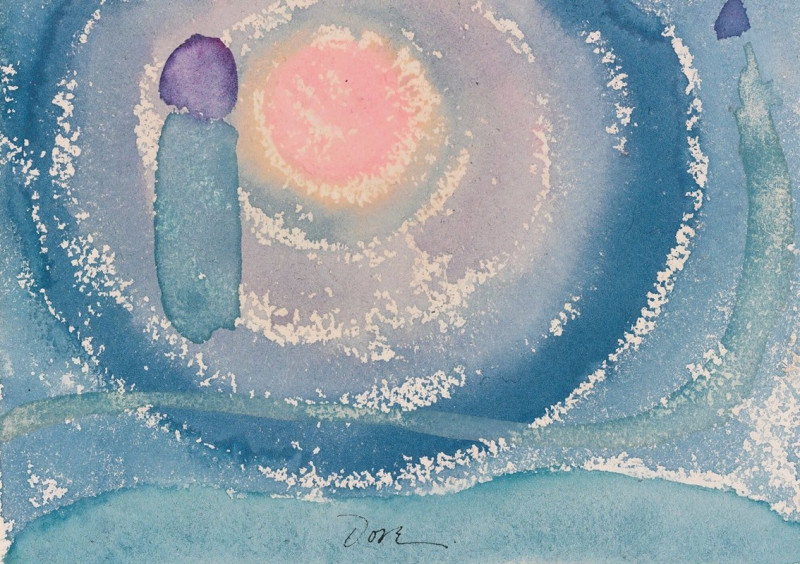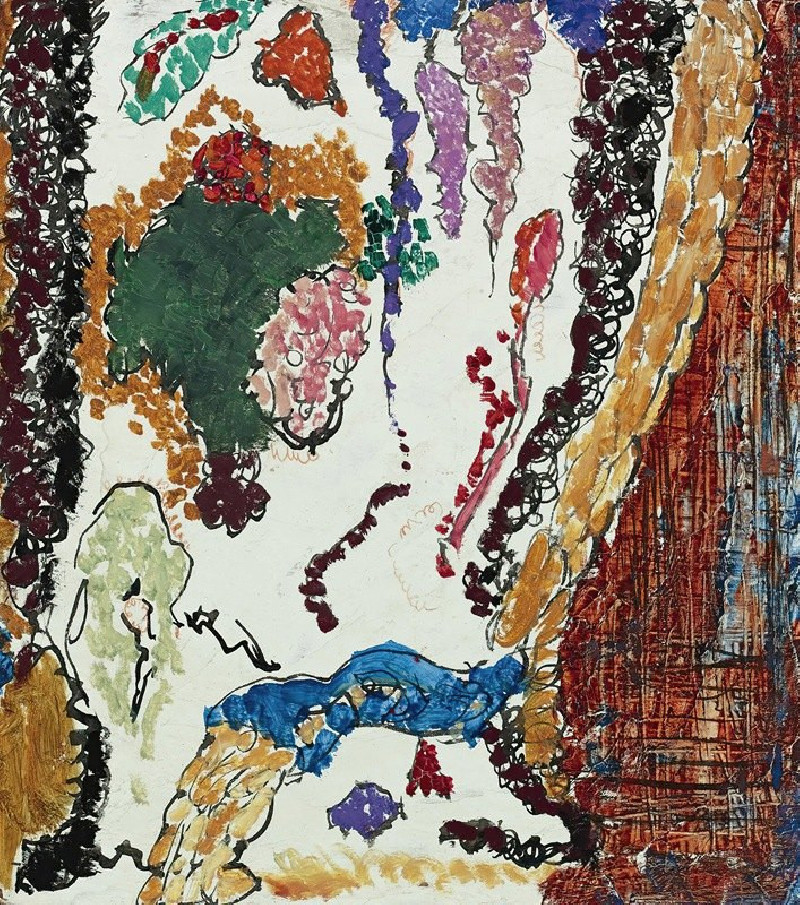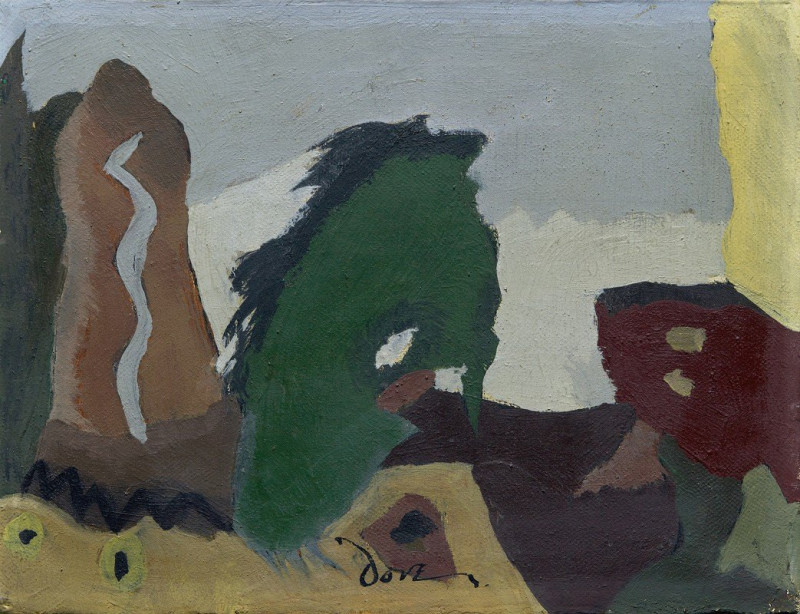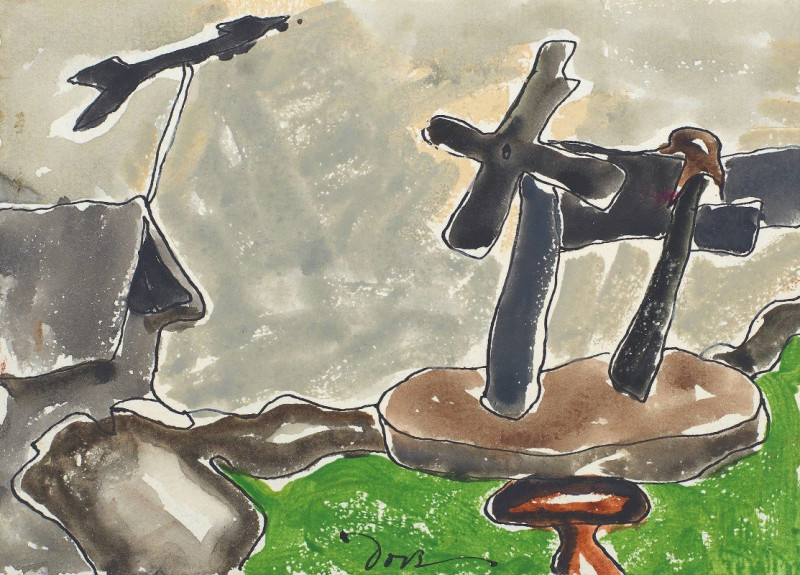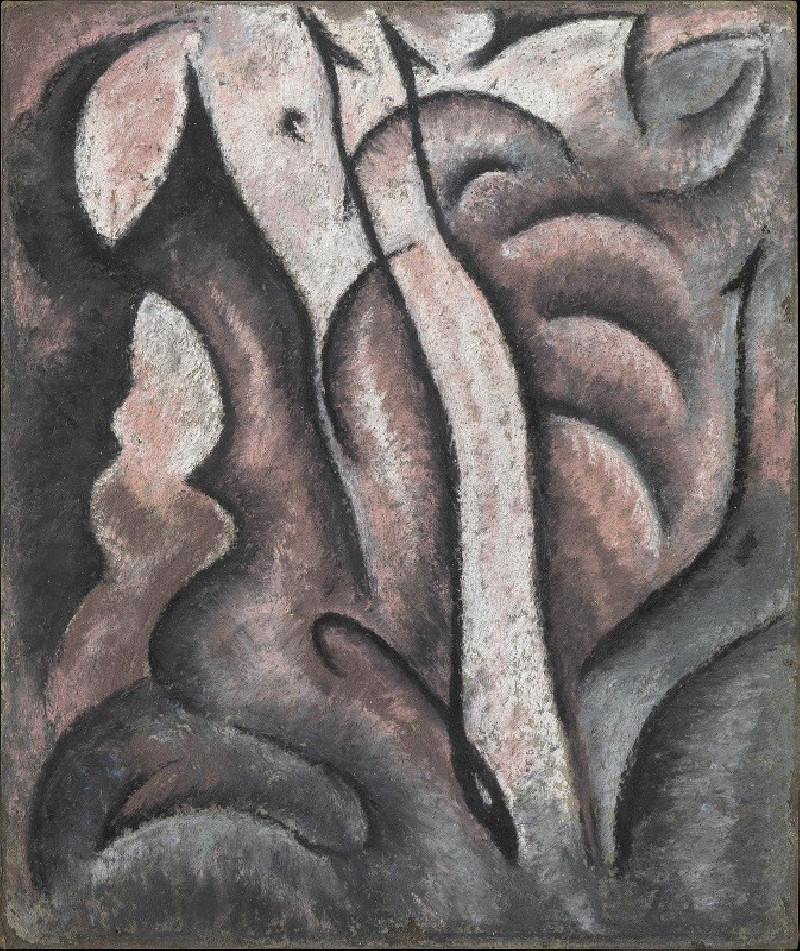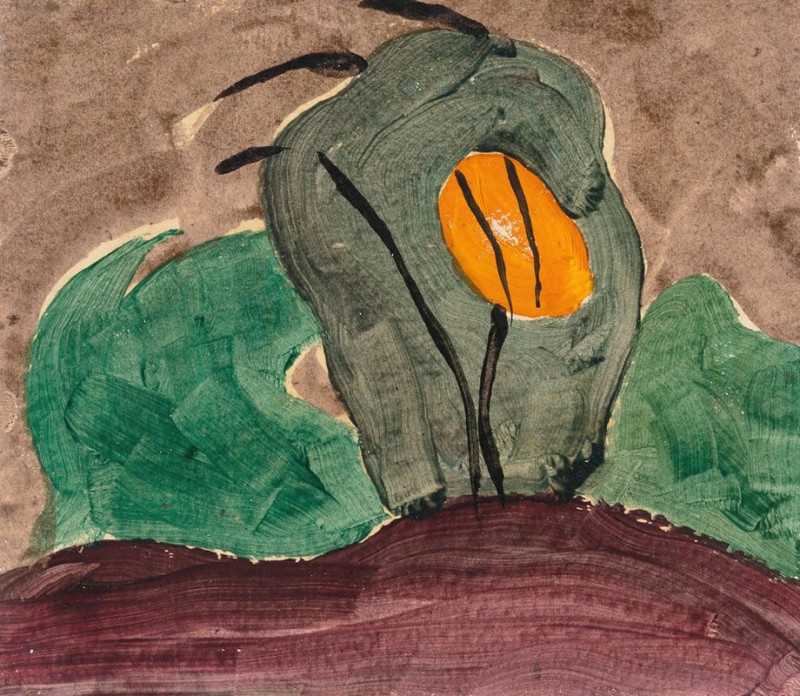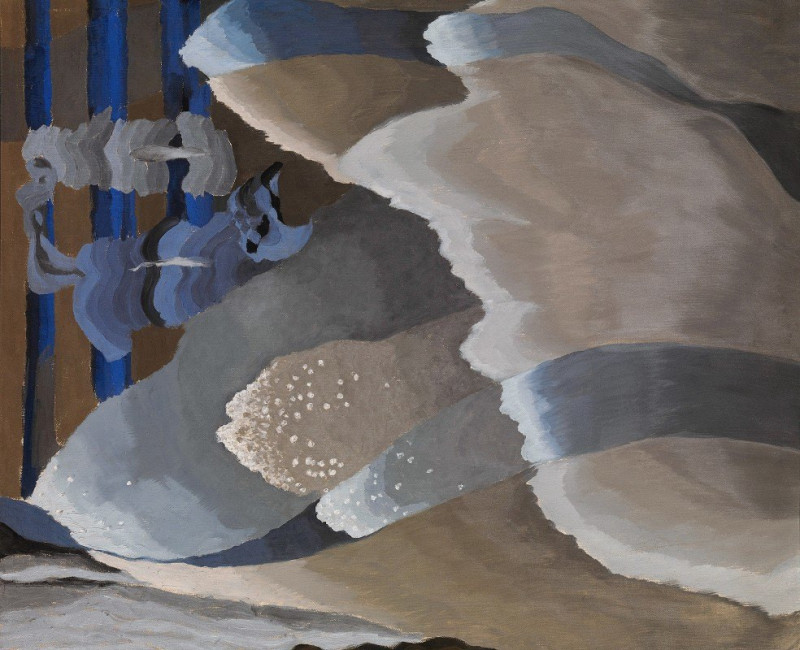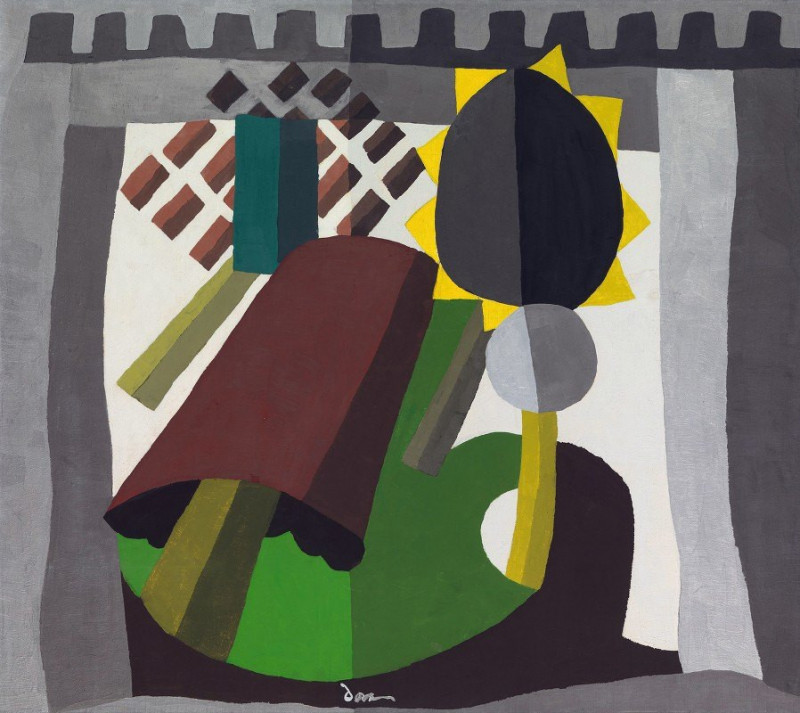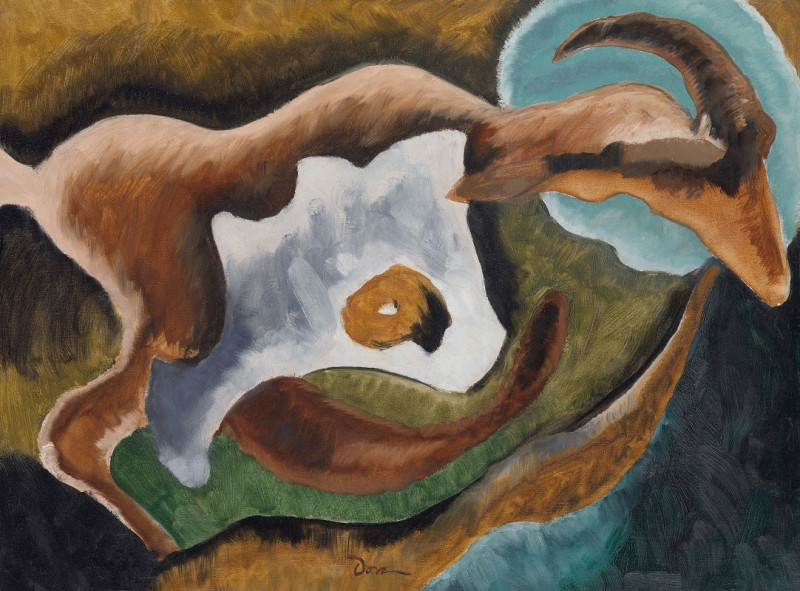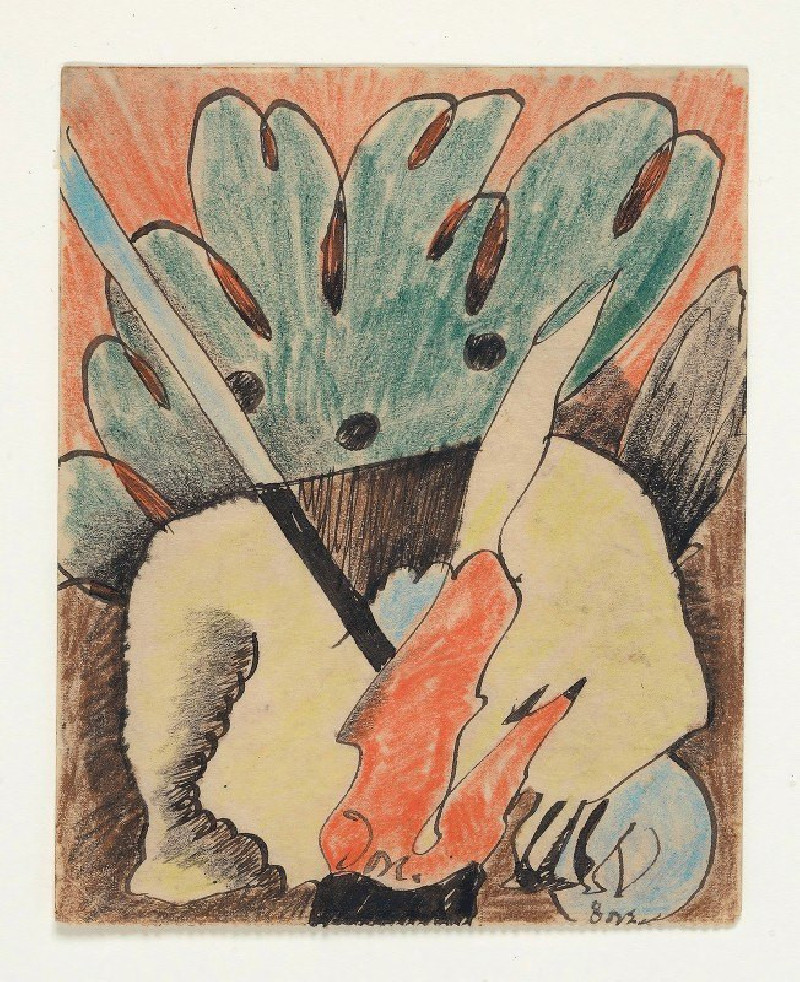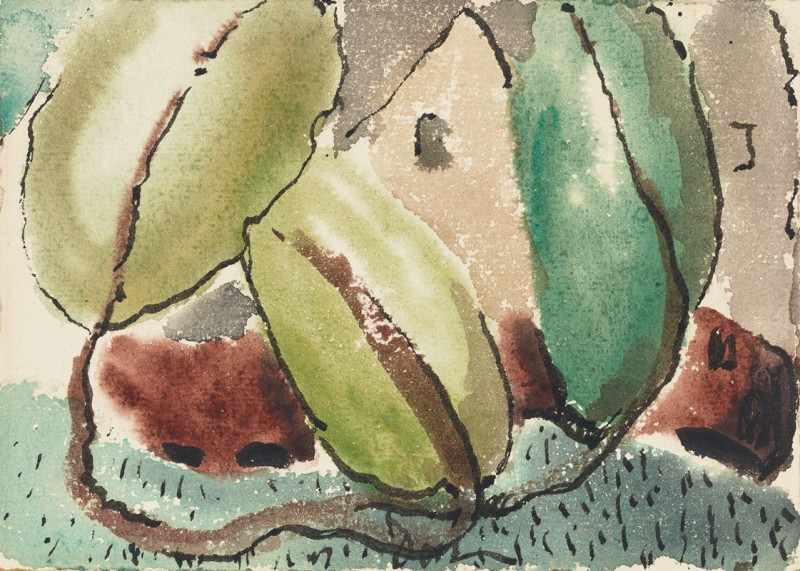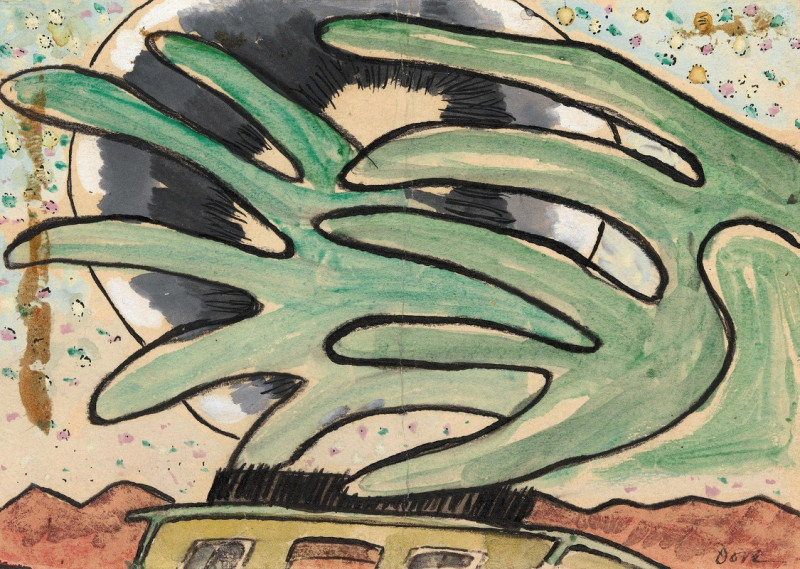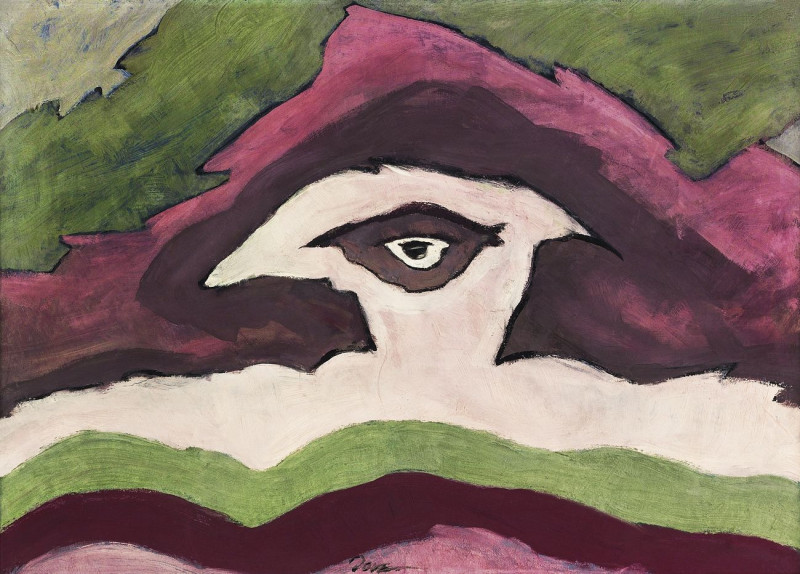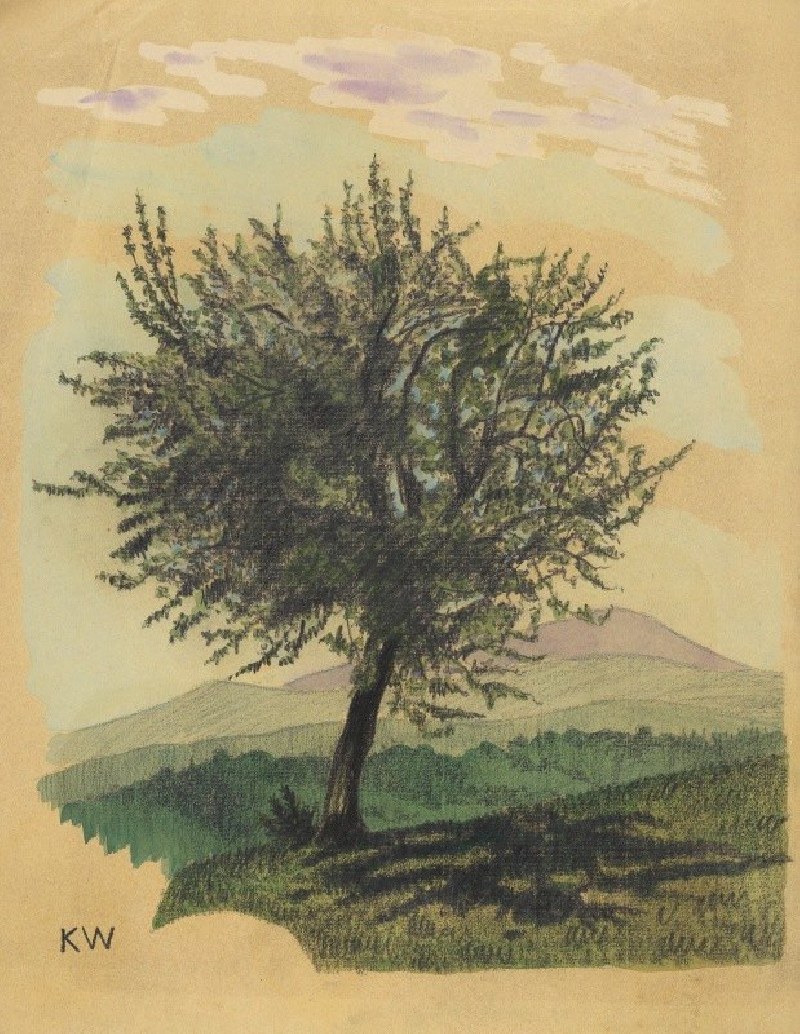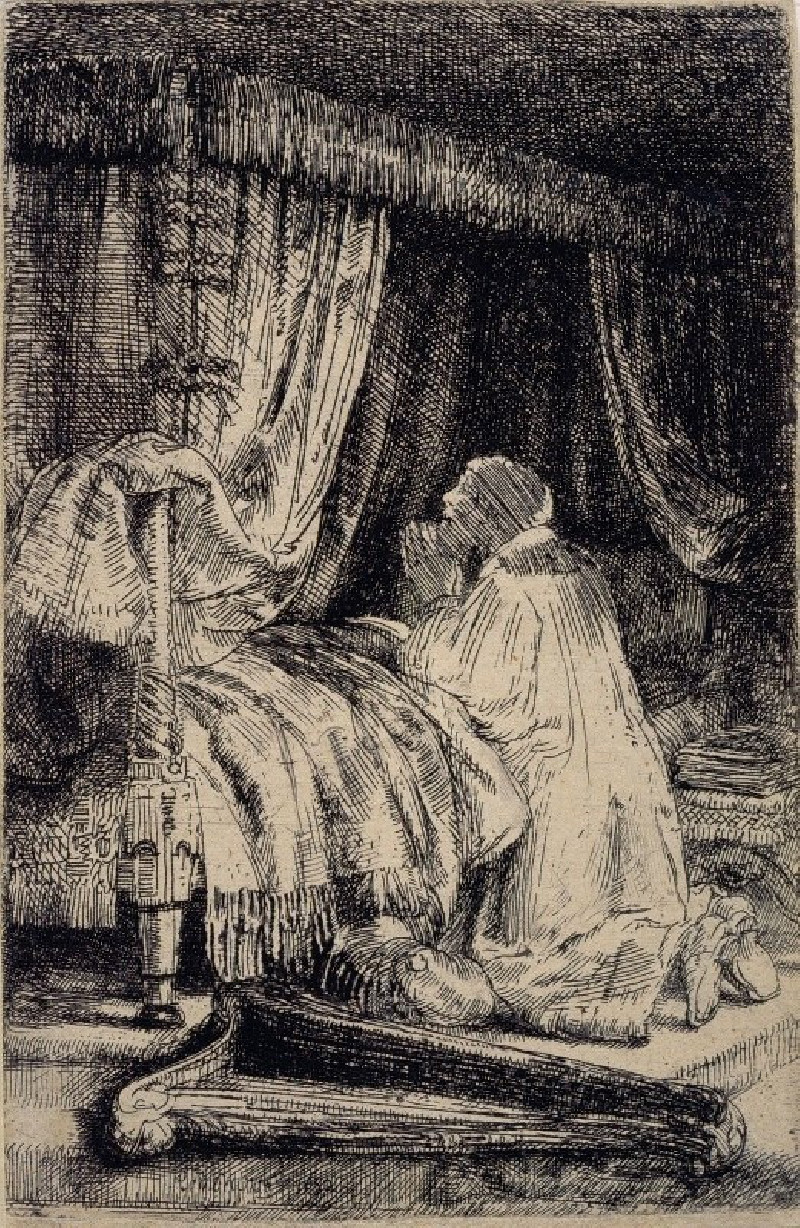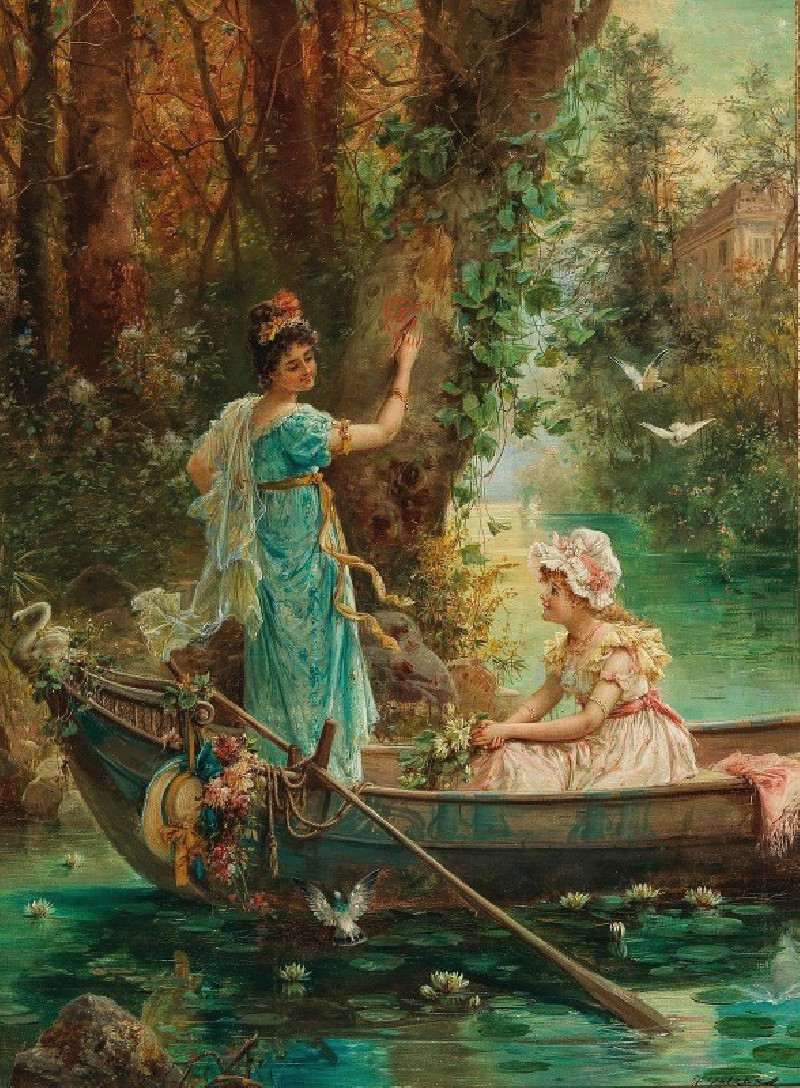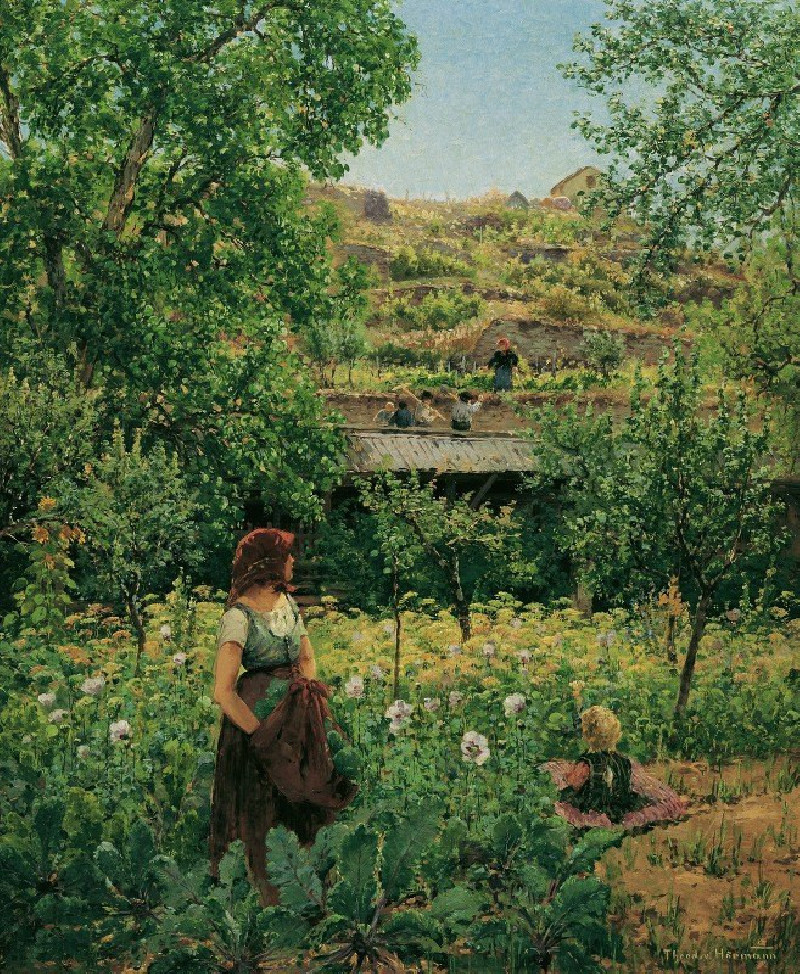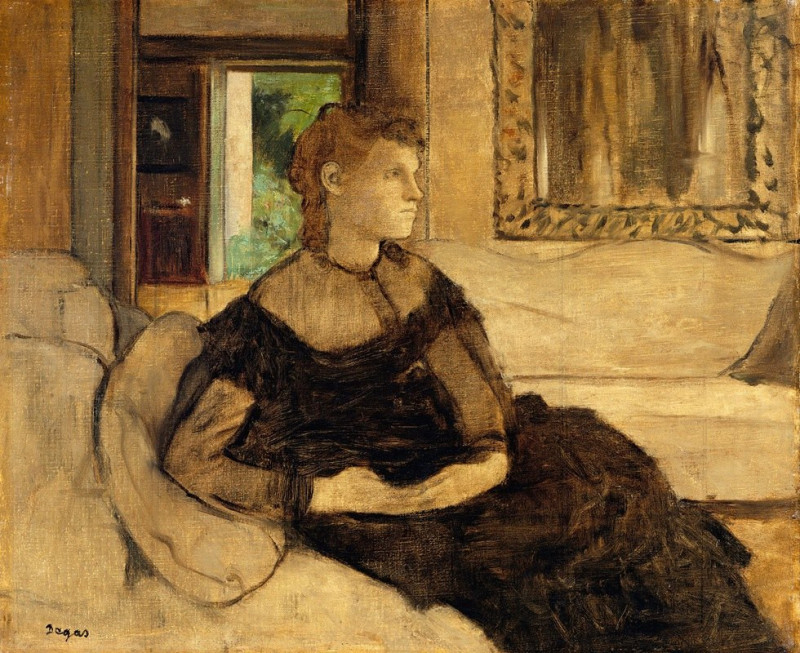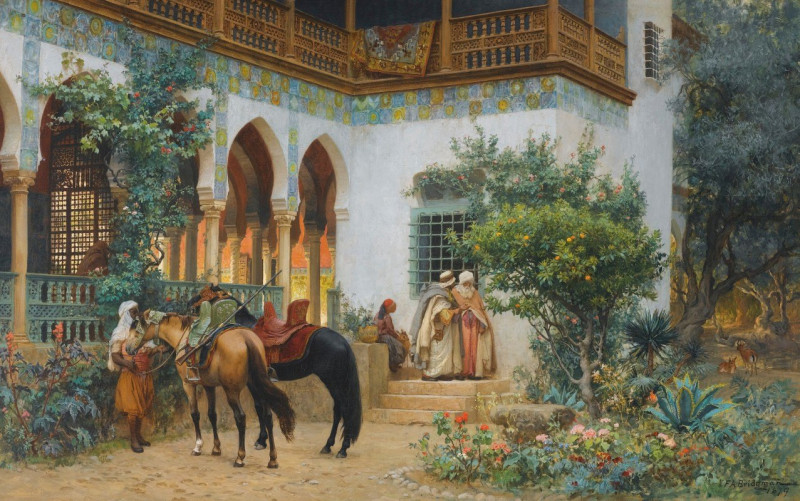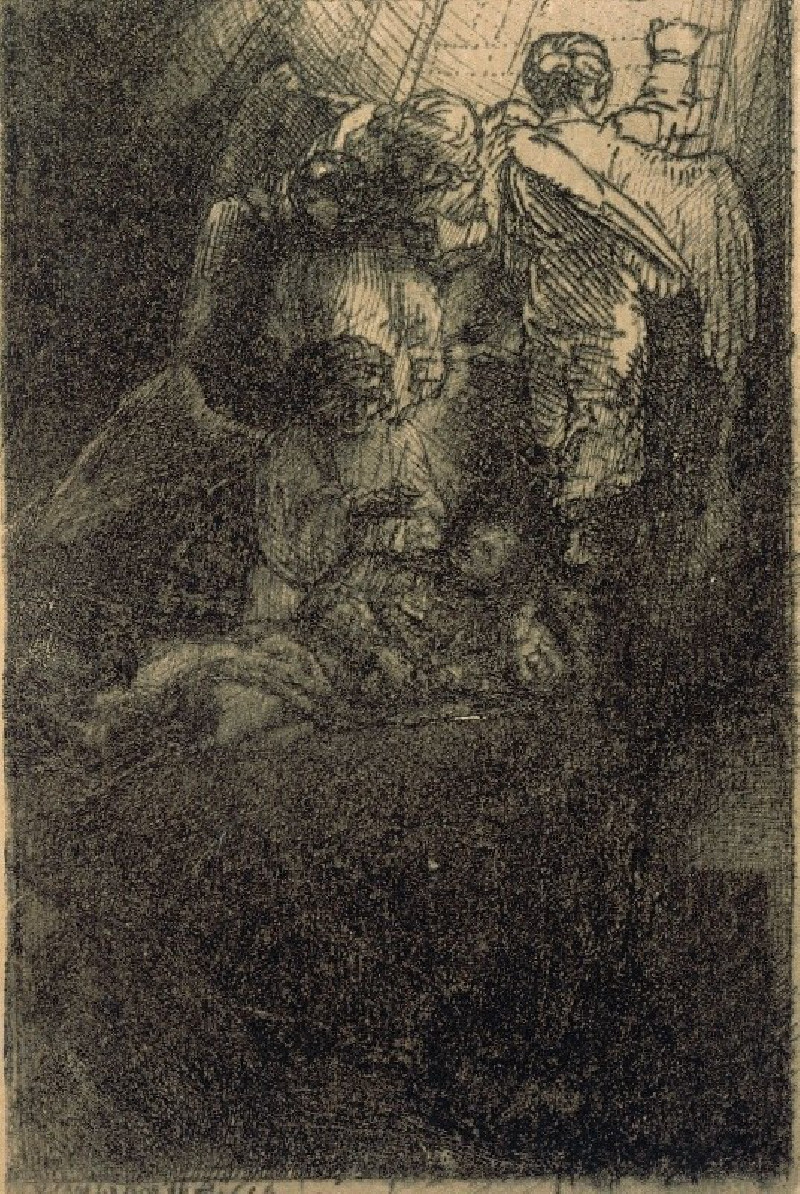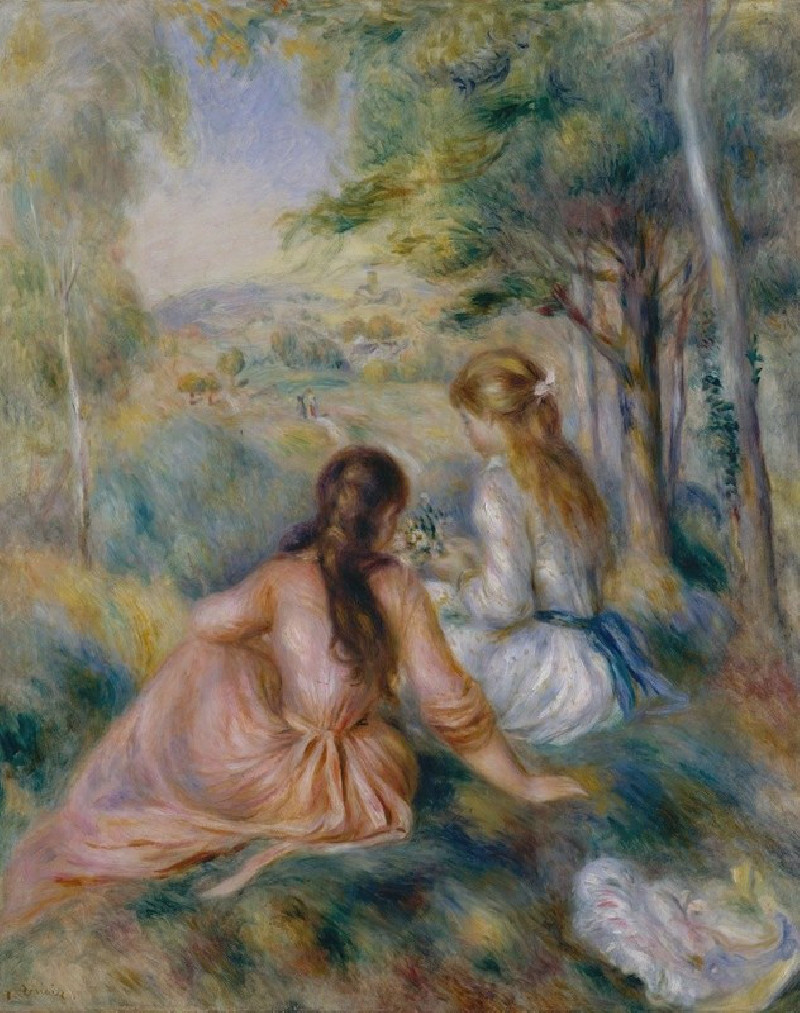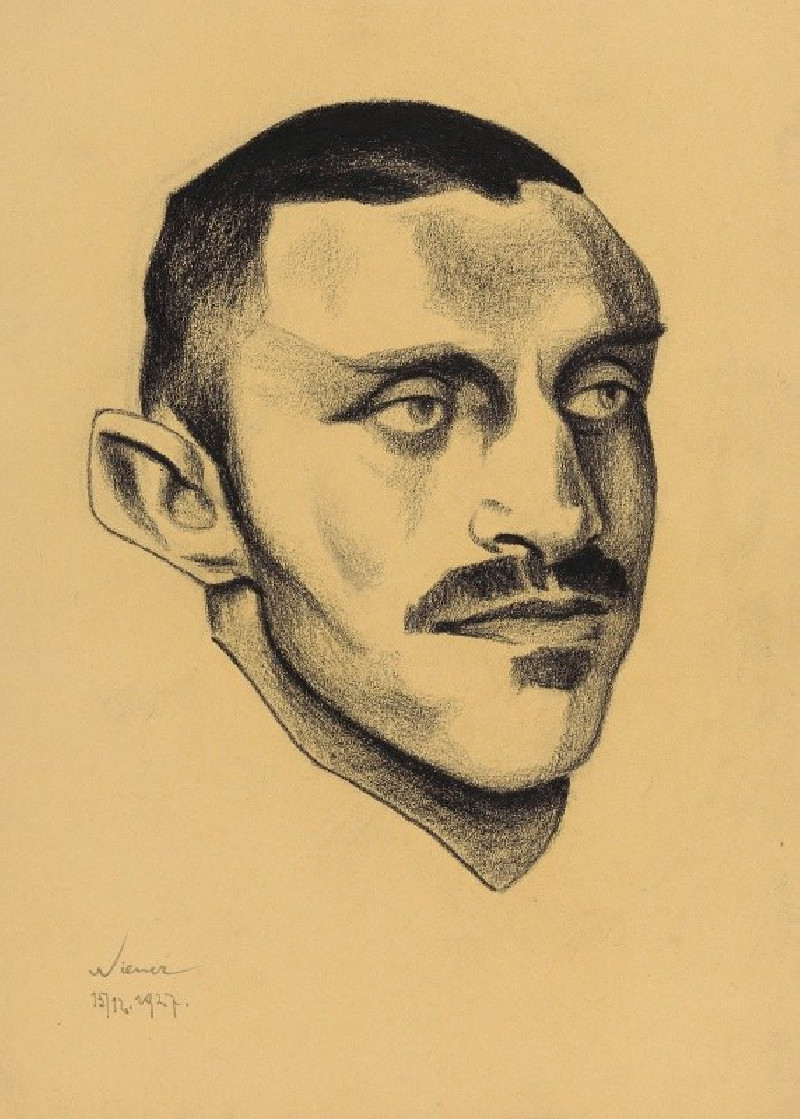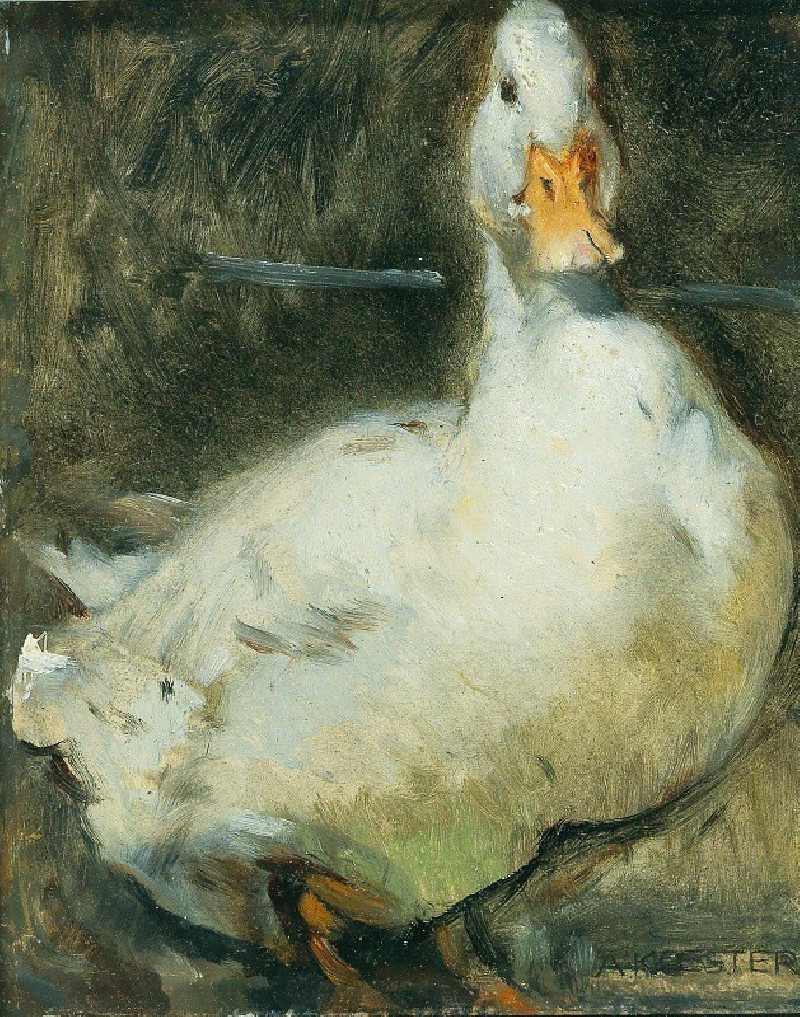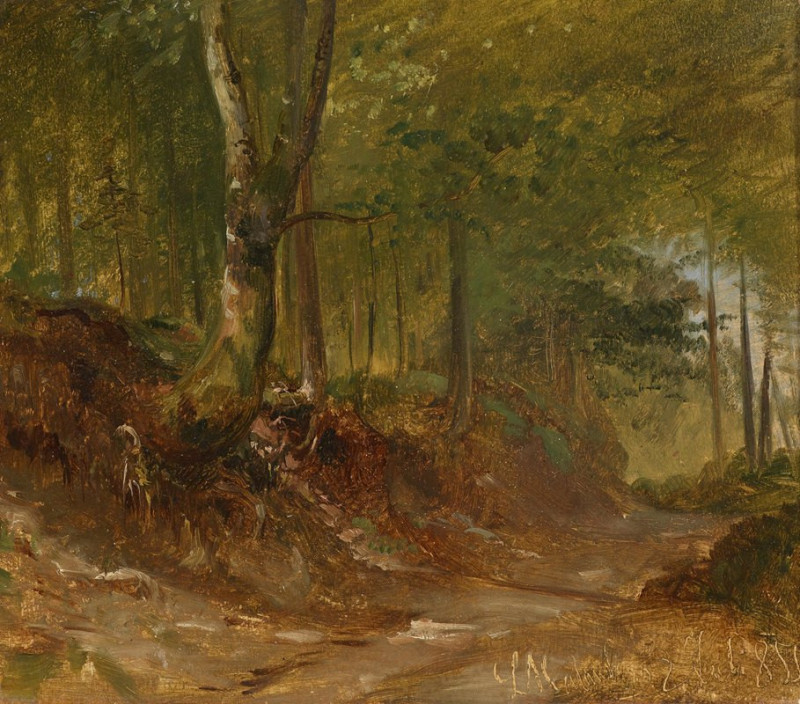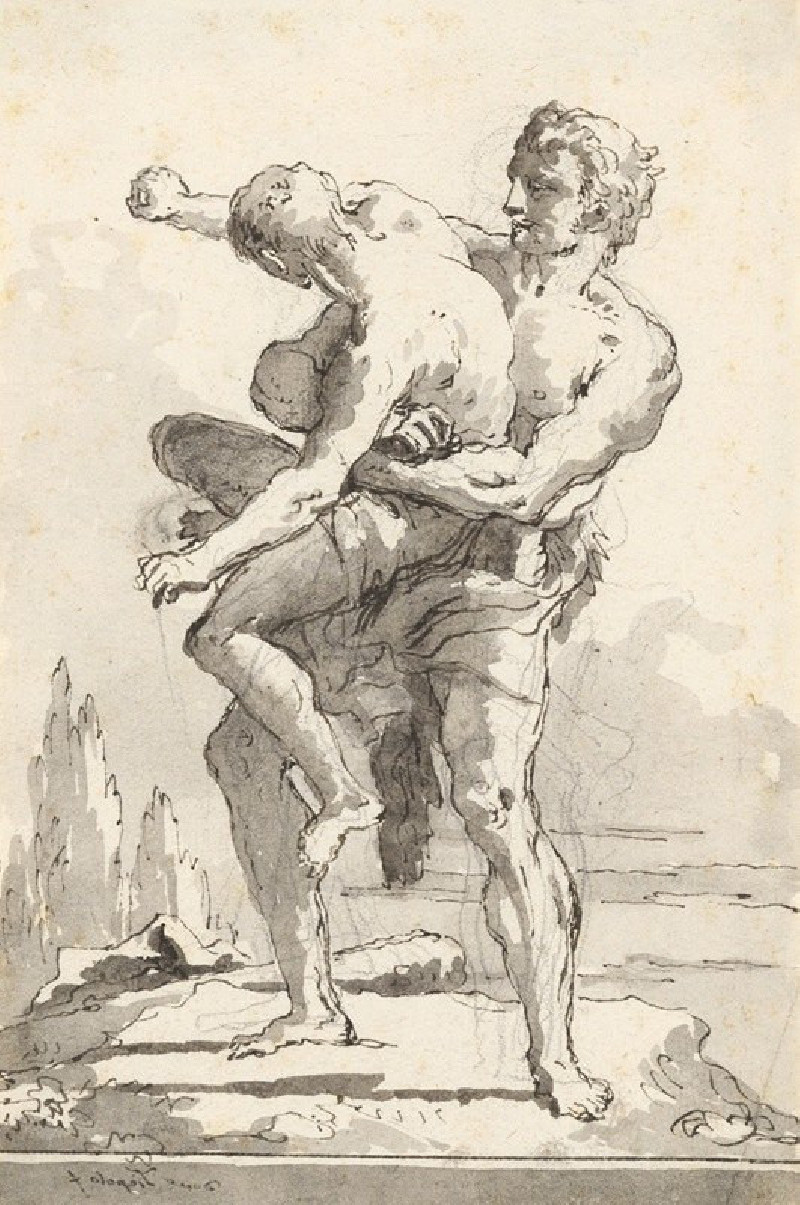Arthur Dove'S Study For Goat
Technique: Giclée quality print
Recommended by our customers
More about this artwork
Arthur Dove's painting titled "Study For Goat" showcases an abstracted representation of a goat, emphasizing fluid forms and dynamic colors. The artwork features wavelike, sinuous curves that outline the shape of the goat, primarily focusing on its head and horns. The color palette is a lovely mix of earthy browns, tans, vibrant greens, and bold blues, which suggest both naturalistic elements and a more expressive, interpretative approach to the subject matter.In this work, one can see how Dove simplifies and stylizes the features of the goat to create a composition that borders between representational and abstract. The goat's horns are elegantly twisted and exaggerated in size, dominating the piece, while the rest of the body is simplified into organically flowing shapes. The eye of the goat is represented quite minimally, yet distinctively placed to draw focus. The use of contrasting colors and active, undulating lines adds energy and movement to the painting, which is typical of Dove's style. He often explored the idea of essence and energy in his subjects, translating physical forms into a language of color and shape that conveys their underlying vitality and spirit.Overall, "Study For Goat" is a striking and evocative piece that showcases Arthur Dove's innovative approach to capturing the essence of natural forms through an abstract lens.
Delivery
Returns
Arthur Dove was a Modernist American artist well known for landscapes and abstract paintings. Dove produced commercial illustration works for magazines including Harper’s Magazine. After returning from Paris, Dove met Alfred Stieglitz who mentored him. During his life, he created a number of inventive and distinguishing artworks using stylize abstract forms, often representing nature including sunrise, trees, water, waterfall, and thunderstorm. Dove’s fame continued to grow after his death. He is said to influence the first generation of Abstract Expressionists, such as Jackson Pollock and Mark Rothko.

